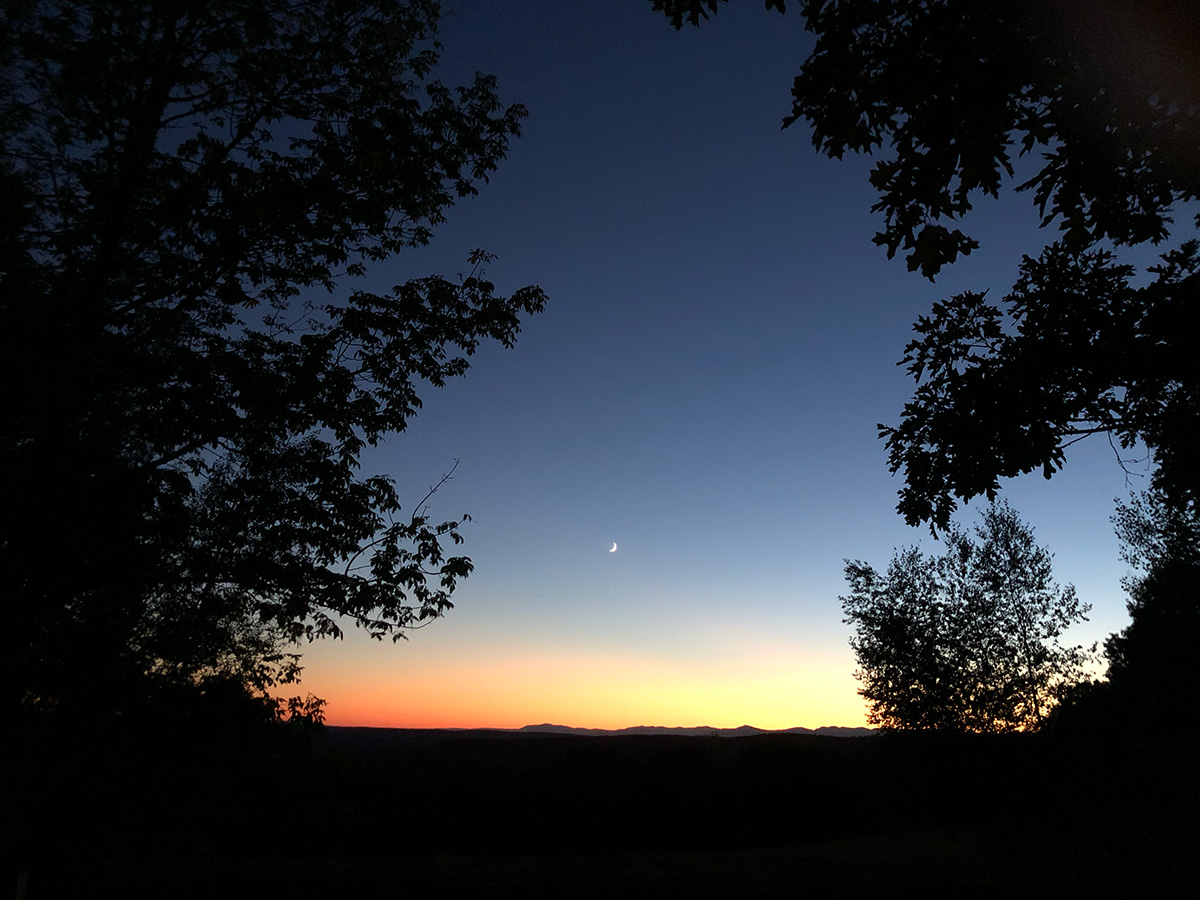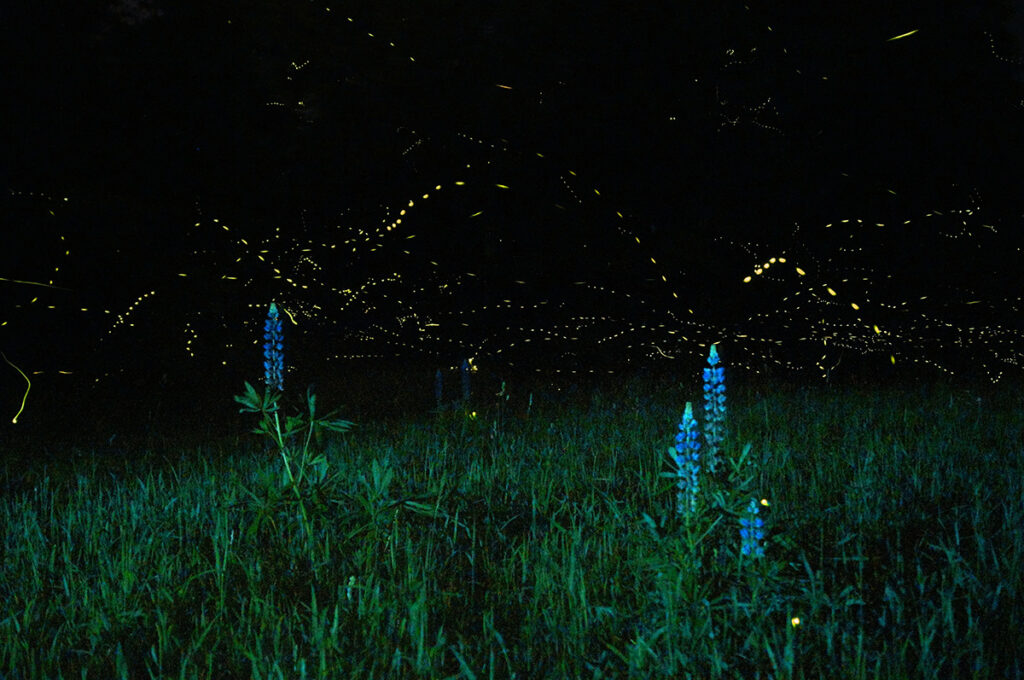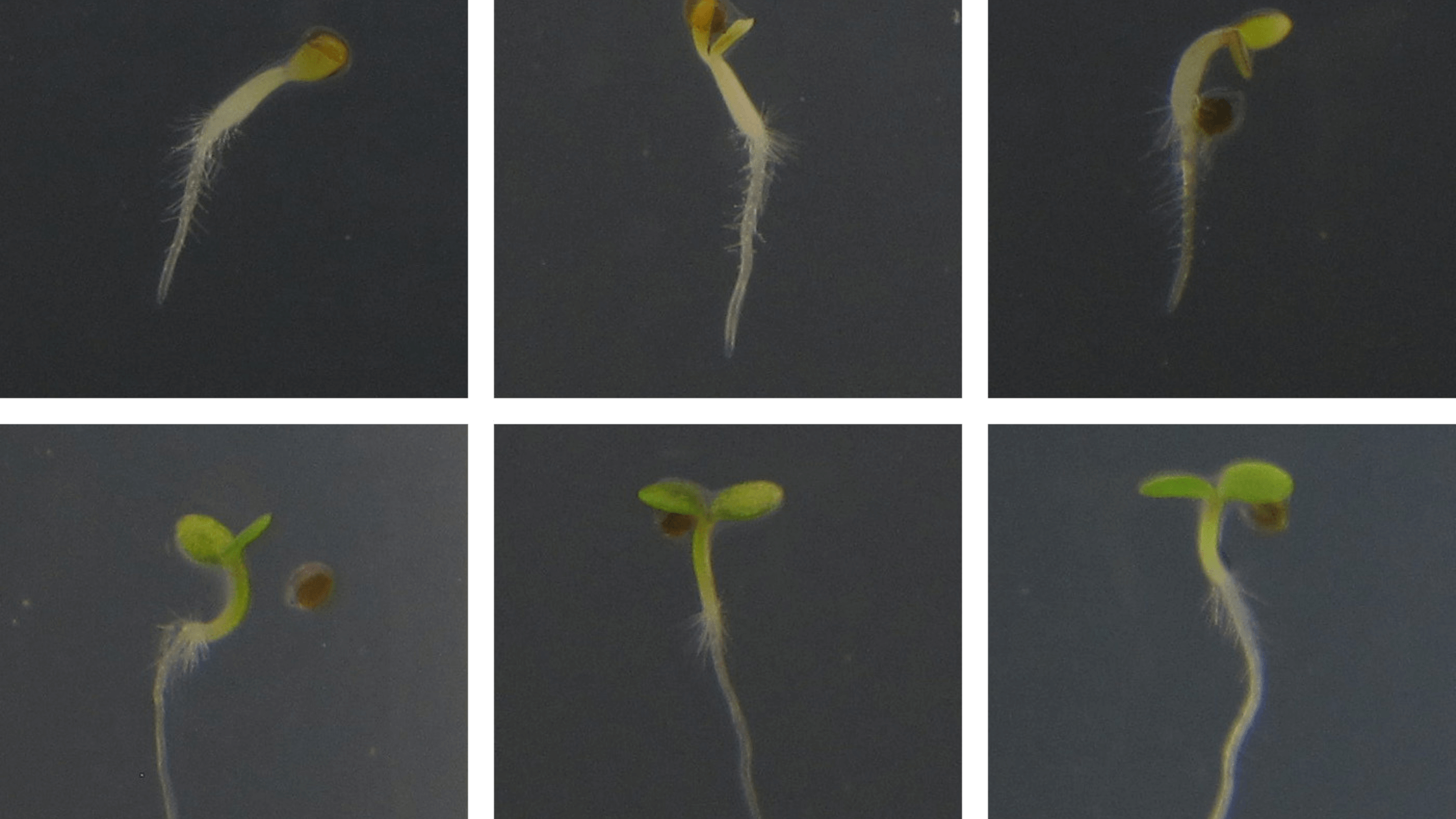
by Melissa Ozawa
“After dark, the fireflies map the heavens . . .” —“Florida” by Elizabeth Bishop
Fireflies will never not be magical. Every time I see them glitter up the sky, I feel like I’m back in my childhood, running barefoot, chasing them through the popsicle-sticky summer air. Nature’s endorphin. But fireflies, like most insects and birds, are in trouble. The International Union for Conservation of Nature’s (IUCN) Red List of Threatened Species reports that one in three North American fireflies may be at risk of extinction. And sadly, fireflies are not the only species in dire shape.
At Perfect Earth Project, we’ve written about the importance of ecological land care, how creating habitat and avoiding all toxic chemicals can help the biodiversity crisis. Another valuable—and very easy—thing we can all do is be mindful about the way we light up our properties. “Artificial light creates conditions that are dramatically different from the sensory world in which species have evolved, with many negative consequences for their survival and reproduction,” says Richard Joyce, the Endangered Species Conservation Biologist and Coordinator of The Firefly Atlas at The Xerces Society for Invertebrate Conservation. Nocturnal creatures especially are affected. Artificial light makes it difficult for fireflies to communicate and mate. Migrating birds can stray off course. Even the media-shy dung beetle, which follows the Milky Way as a mating compass, is impacted. Too much sky glow and it won’t see the Milky Way and will roll its dung ball in circles, disoriented, instead of following a straight path, thus threatening its mating chances.
Lured to artificial light, night creatures are often killed by “collisions, overheating, exhaustion, or predators. It’s been estimated that 30 to 40 percent of insects attracted to street lamps don’t survive the night,” says Joyce. Like moths to a flame. And it’s not just nocturnal insects. “Studies have shown that artificial light can cause monarch butterflies to fly at night, when they would normally be resting, and can interfere with their navigation when migrating,” he points out.

Look for Luna moths hovering around the woodland edges at twilight. Adult moths do not feed during their brief time they’re alive, but live, hopefully long enough, to attract a mate and procreate, which they do at night. Photograph by Melissa Ozawa.
But there is a very simple solution. “We can reverse impacts [of artificial light] quickly, largely by being more thoughtful about how, why, and when we use outdoor lighting,” says Joyce. DarkSky International, an organization dedicated to “restoring the nighttime environment and protecting communities from the harmful effects of light pollution” offers five key principles that are simple for all of us to follow.
Useful
Use lights only when and where they’re needed for safety, like on pathways, down steps, or in doorways.
Targeted
Keep the glow on the down low. Focus the beams and make sure lights point downward, rather than radiating skywards.
Low Level
Your yard isn’t an interrogation room. Don’t light it that way. Set a mood and add a little mystery and romance, by keeping what essential lights you have dim.
Controlled
After you’ve reduced the number of lights on your property, do one better: Add a motion sensor so that those lights turn on only when necessary.
Warm-colored
Swap out harsh bright white LED light for lights that cast warm light (yellow or red) glow.
Learn more about how to protect fireflies from Xerces here and find out how to get involved in community science projects to support them here. Photograph by Mike Lewinski via Wikimedia Commons.

Joyce cautions not to pick and choose among the principles and think just doing one is enough. “The first principle (useful) is especially relevant, as is the second principle (targeted),” he says. “For example, outdoor lighting that are full cut-off (preventing uplight) and have warmer color temperatures (lower Kelvin) provide benefits for astronomers and stargazers, but can still have significant ecological impacts. While relatively better than short wavelength light (ie. cool white LEDs), amber light still has impacts on insects. So, before just swapping out light bulbs, it’s worth pausing to consider whether a light fixture is truly necessary.”
Every one of us can make a difference—if we try. Reducing lighting is a low lift in the grand scheme of things with many ecological benefits, not to mention cost savings. So before you flick on that light, think about the fireflies. Remember the bats that pollinate agave for your tequila when you mix up a margarita. And, yes, don’t forget about the lowly dung beetles guided by the Milky Way. Rely on nature. You’ll be amazed at what a little moonlight can do.
This is part of a series with Gardenista, which ran on June 20, 2025.









